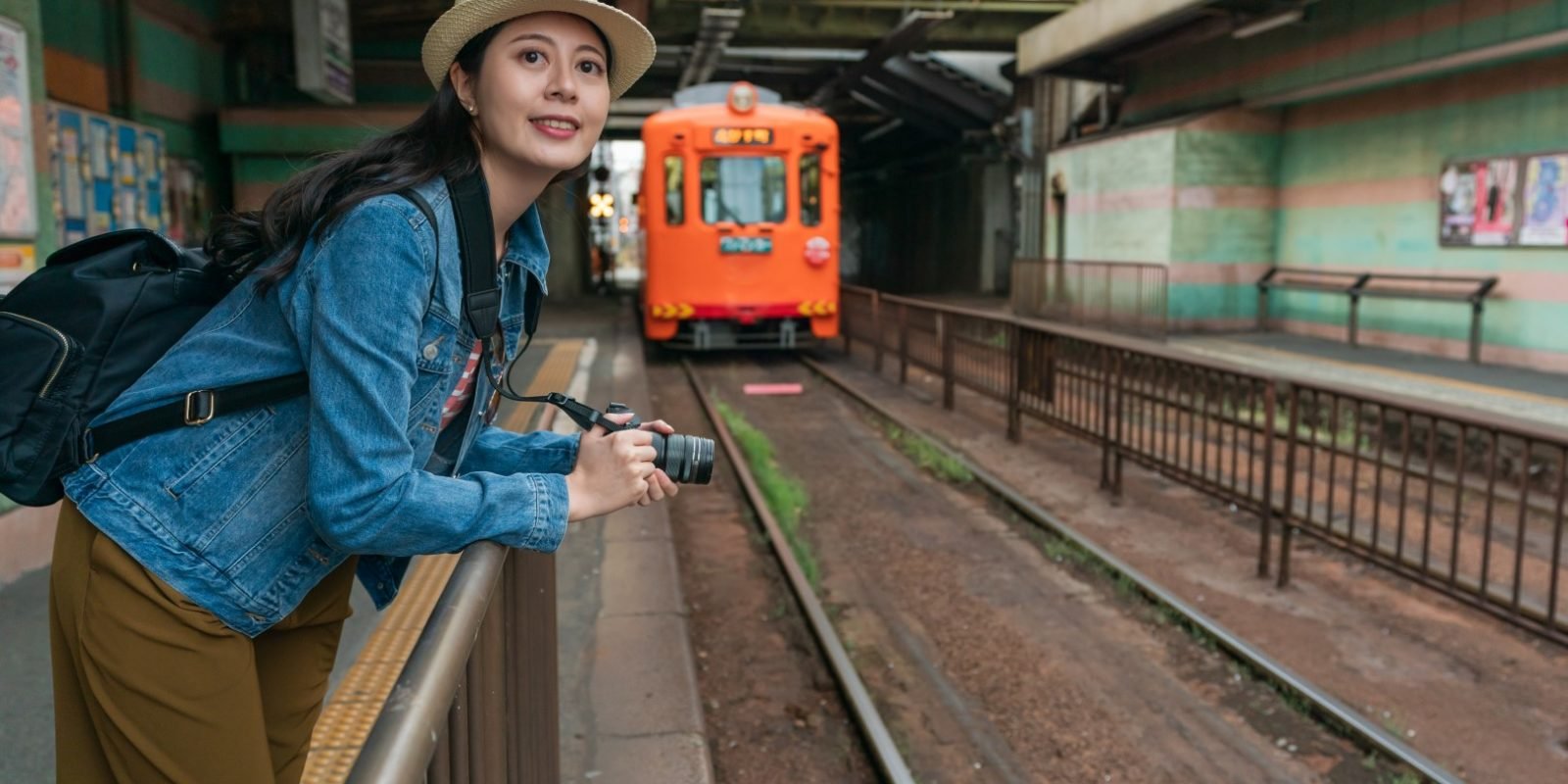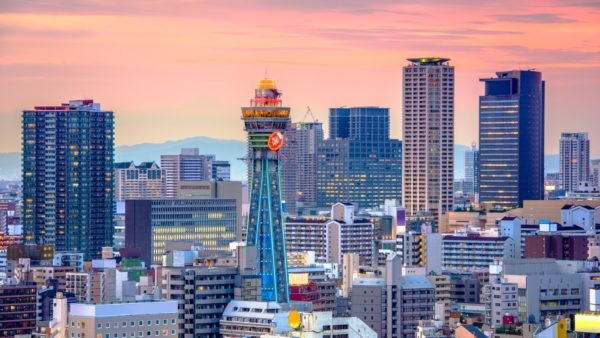Japan’s efficient and extensive transportation system makes exploring the country a breeze. From high-speed trains to well-connected local networks, getting around Japan with kids is a seamless experience. This guide will navigate you through the various modes of transportation, ensuring a smooth and enjoyable journey across the Land of the Rising Sun.
Railways: The Efficacious Arteries
- Japan Rail Pass: Your golden ticket to hassle-free travel! This pass grants unlimited rides on most Japan Railways (JR) trains, covering bullet trains, express trains, and local lines. Whizz from Tokyo to Kyoto in under two hours on the legendary Shinkansen, or meander through charming countryside villages on local lines. Remember, booking your pass in advance is crucial, especially during peak travel seasons.
- Private Railways: Beyond JR, numerous private railways serve specific regions and cities. The Odakyu Electric Railway connects Tokyo to the scenic Hakone mountains, while the Keihan Electric Railway offers access to Kyoto’s hidden cultural gems. Research your itinerary and consider adding these options for a more nuanced exploration.
Beyond the Iron Tracks
- Buses: Cost-effective and convenient for shorter distances, buses offer access to smaller towns and rural areas not served by trains. Overnight buses can be a budget-friendly alternative for long journeys, but be prepared for limited legroom and minimal amenities.
- Taxis: While pricier than other options, taxis provide unmatched convenience and flexibility. Haggling is not customary, and fares are metered. If your Japanese is limited, consider downloading translation apps to communicate with drivers.
Urban Exploration
- Subways and Metros: In bustling cities like Tokyo and Osaka, subway networks offer speedy and affordable urban travel. Purchase rechargeable transit cards like Suica or Pasmo for tap-and-go convenience. Don’t hesitate to ask station staff for help navigating complex maps, especially if your Japanese is limited.
- Walking and Cycling: To truly soak in the atmosphere of traditional neighborhoods and hidden alleys, lace up your walking shoes or rent a bicycle. Pedestrian and cycling infrastructure is generally excellent, and designated lanes add safety and ease. Keep an eye out for charming izakayas, hidden art galleries, and unexpected surprises tucked away in narrow streets.
Additional Tips:
- Plan your itinerary: Research your travel route and preferred modes of transport beforehand. Hyperdia, a popular online tool, helps plan rail journeys with ease.
- Consider regional passes: Some regions offer discounted travel passes for specific areas, like the Kansai Thru Pass for western Japan.
- Suica/Pasmo cards: These rechargeable smart cards can be used for various modes of transportation, offering a convenient way to pay for trains, buses, and even purchases at convenience stores.
- English signage: While major transportation hubs and tourist areas have English signage, it’s helpful to familiarize yourself with basic Japanese characters and phrases for a smoother experience.
- Hyperdia and Google Maps: These online tools provide accurate and real-time information on train schedules, routes, and transportation options, aiding in trip planning.
Getting around Japan is an integral part of the travel experience, and the country’s well-developed transportation infrastructure ensures that exploring its diverse landscapes and vibrant cities is both convenient and enjoyable. Whether you’re racing across the country on a Shinkansen or strolling through charming neighborhoods, Japan offers a myriad of transportation options to suit every traveler’s preference and itinerary.




